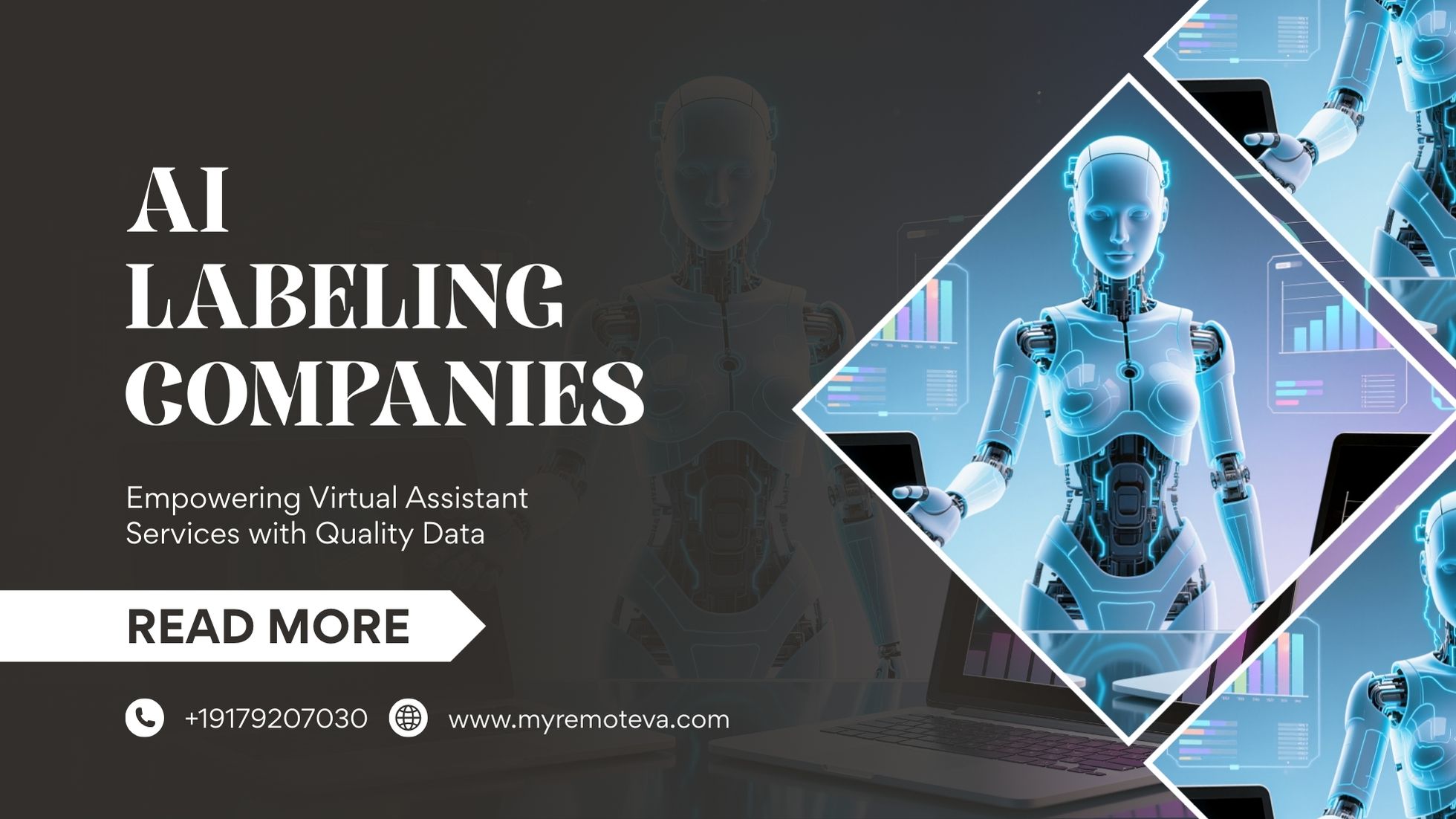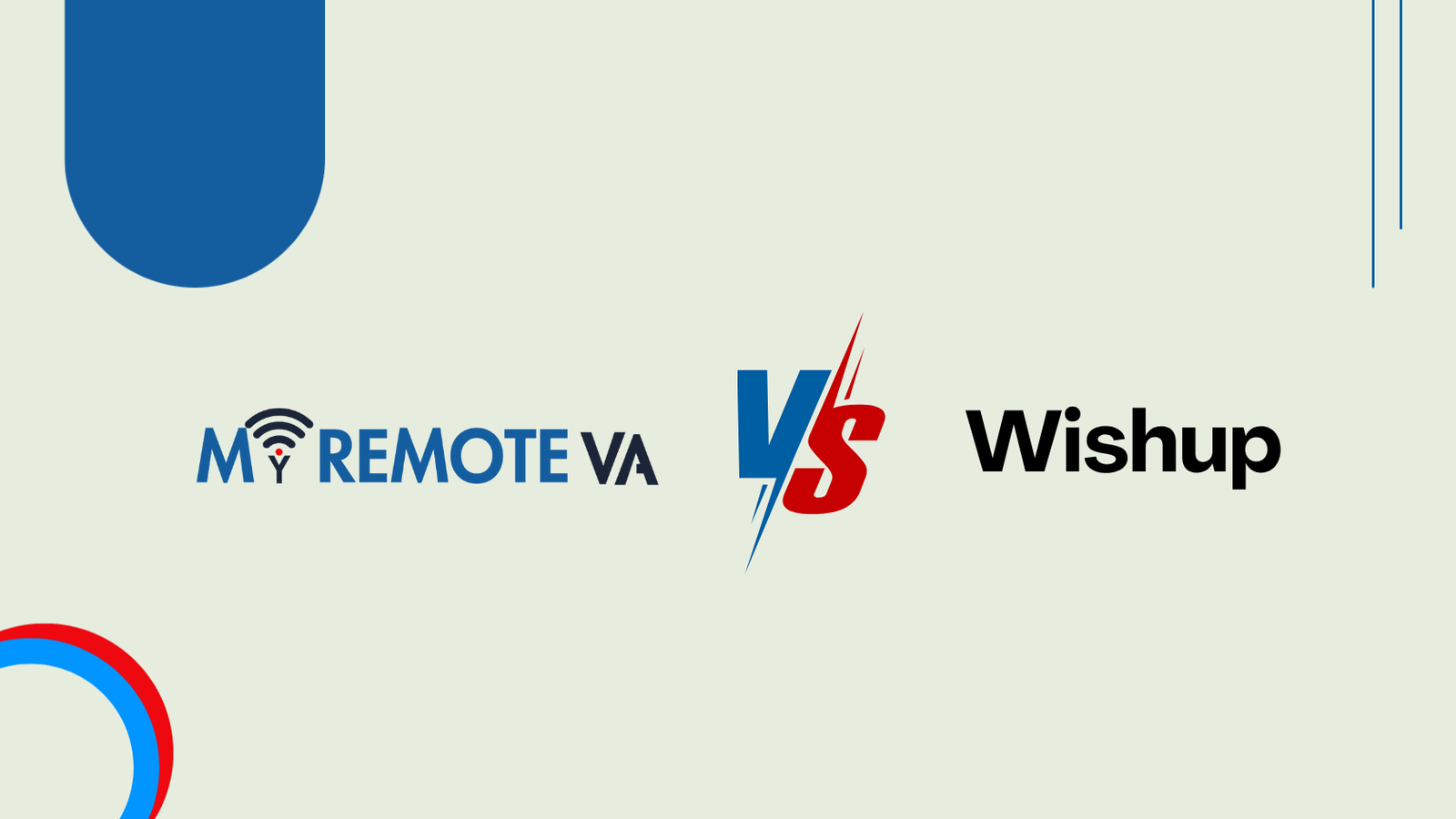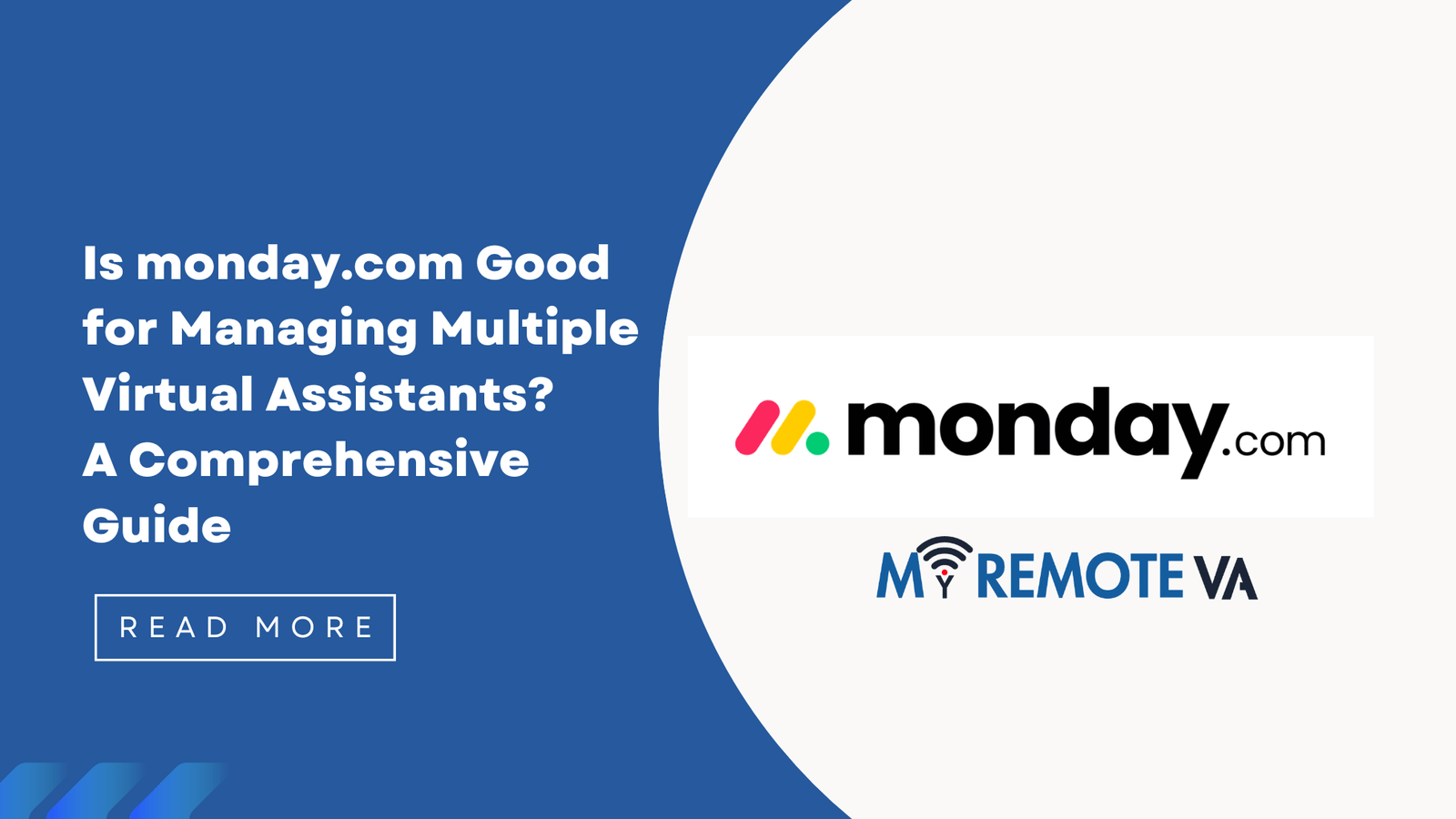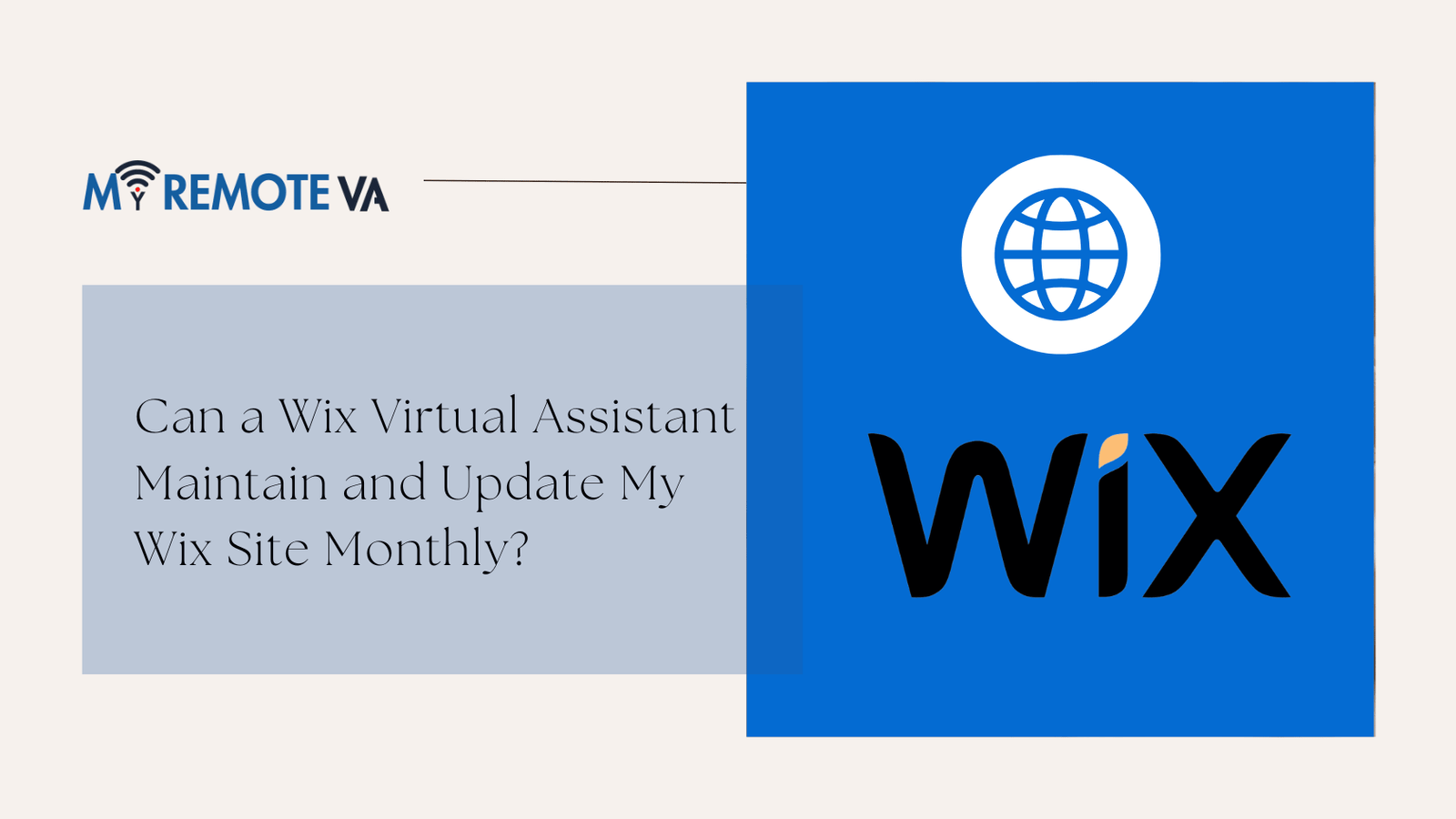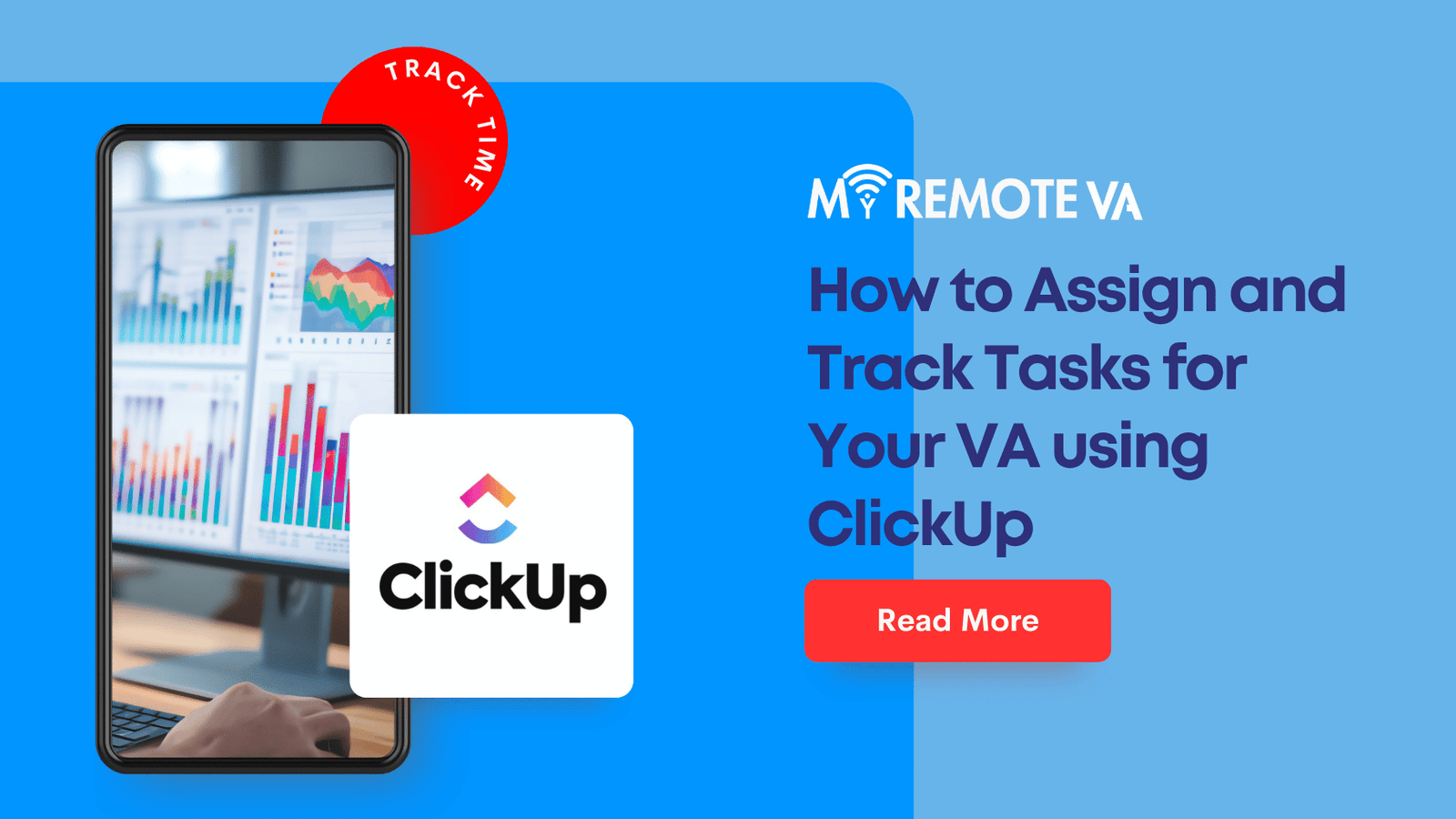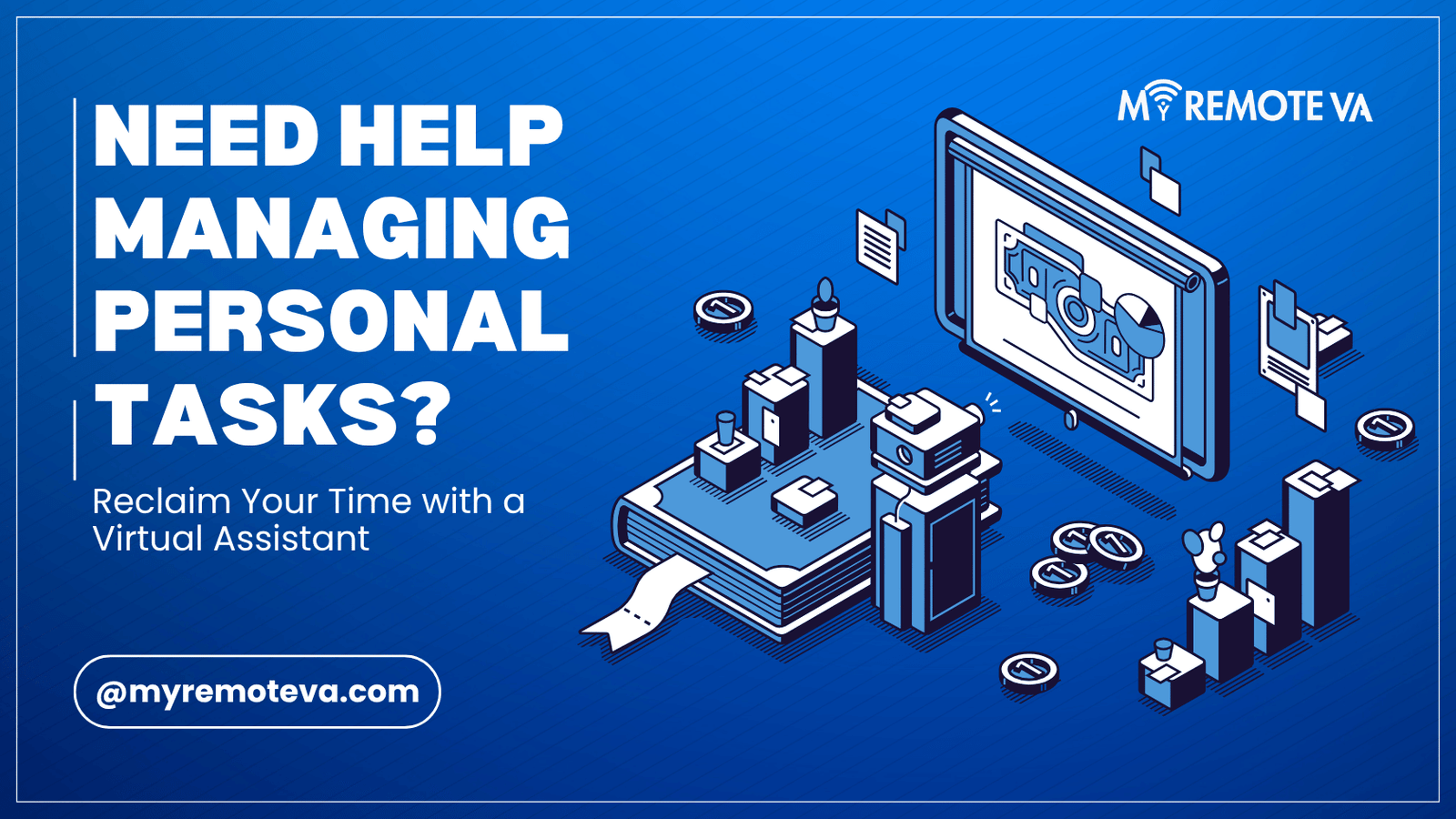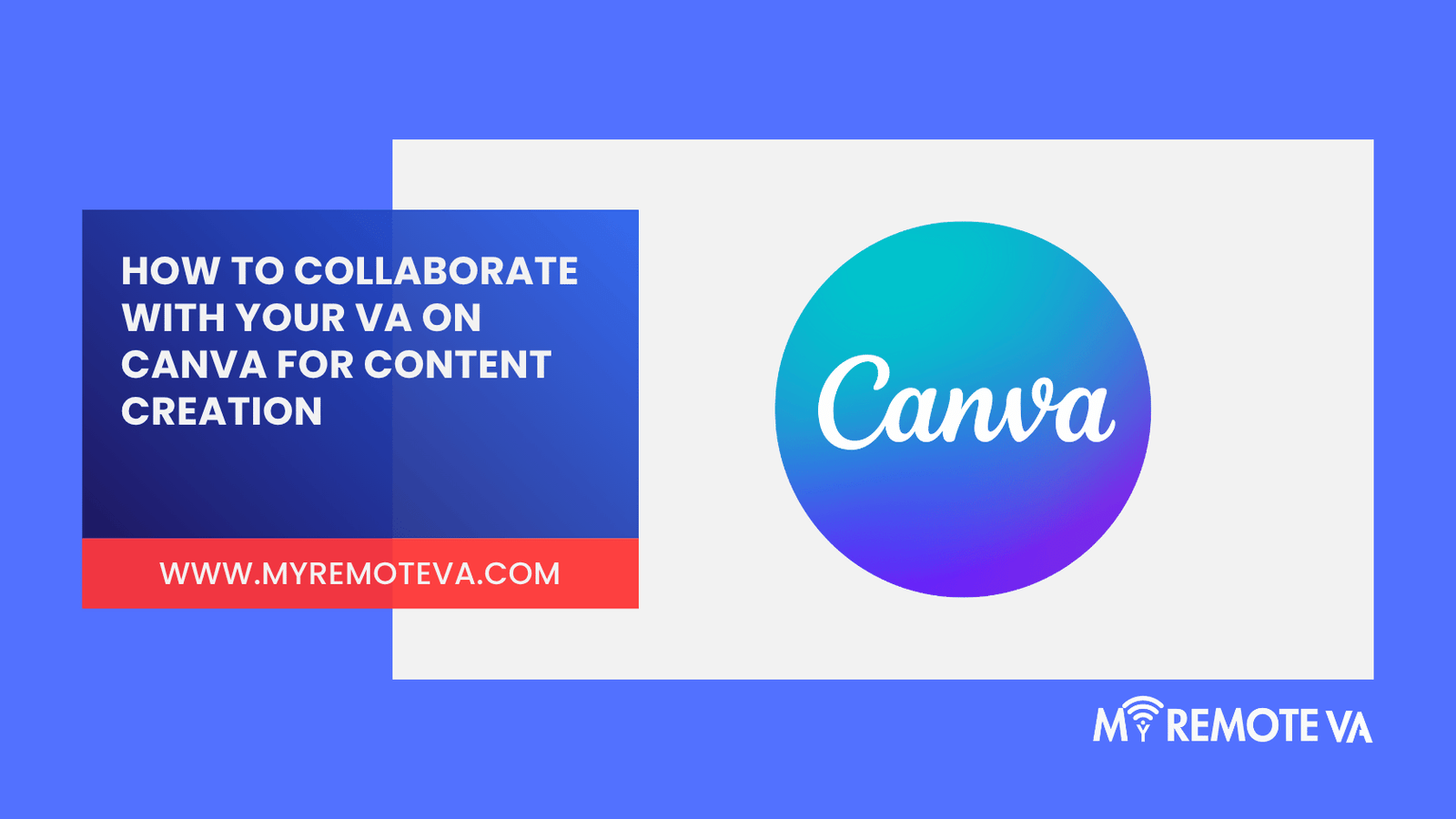AI Labeling Companies: Empowering Virtual Assistant Services with Quality Data
In the age of artificial intelligence, virtual assistant services are becoming increasingly sophisticated. A crucial element underpinning this advancement is the availability of high-quality, accurately labeled data. AI labeling companies play a vital role in providing this data, enabling virtual assistants to learn, adapt, and perform tasks with greater precision and efficiency.
- AI Labeling Companies: Empowering Virtual Assistant Services with Quality Data
- What are AI Labeling Companies and Why are They Crucial for Virtual Assistants?
- Key Considerations When Choosing an AI Labeling Company
- Top AI Labeling Companies: Market Insights & Geographic Focus
- How AI Labeling Enhances Specific Virtual Assistant Tasks
- Future Trends in AI Labeling for Virtual Assistant Services
- FAQ: Frequently Asked Questions About AI Labeling Companies
- What Types of Data Can AI Labeling Companies Annotate?
- How do I Ensure the Quality of Labeled Data?
- What is the Typical Turnaround Time for AI Data Labeling Projects?
- How much does AI data labeling cost?
- Is data security a concern when outsourcing AI labeling?
- Can AI Labeling Companies Handle Specific Industry Requirements?
- What are the different pricing models for AI labeling?
The Importance of Data Labeling for Virtual Assistants
Virtual assistants rely on machine learning algorithms to understand and respond to user requests, automate tasks, and provide personalized support. These algorithms require vast amounts of training data, which must be meticulously labeled to ensure accuracy. For example, if a virtual assistant is tasked with managing email, it needs to be trained on a large dataset of emails labeled with categories such as “important,” “spam,” or “follow-up needed.” Without accurate labeling, the virtual assistant may misclassify emails, leading to errors and inefficiencies.
How AI Labeling Companies Contribute
AI labeling companies specialize in providing precisely this type of labeled data. They employ various techniques, including human annotation and automated labeling, to create datasets tailored to specific needs. The quality of this data directly impacts the performance of virtual assistants. Some key areas where AI labeling companies contribute include:
- Image and Video Labeling: Crucial for tasks like object recognition, facial recognition, and video analysis, enabling virtual assistants to handle visual content effectively.
- Natural Language Processing (NLP) Data Labeling: Essential for understanding and generating text, powering virtual assistants’ ability to communicate naturally and interpret user intent.
- Audio Labeling: Used for voice recognition and transcription, allowing virtual assistants to respond to voice commands and process audio data.
The rise of AI labeling companies signifies the growing recognition of data quality as a key driver of success in the virtual assistant space. As virtual assistants continue to evolve and take on increasingly complex tasks, the demand for accurate, high-quality labeled data will only continue to grow.
For example, consider a startup leveraging virtual assistants for customer support. These assistants, powered by AI, can respond to common inquiries, resolve basic issues, and escalate complex cases to human agents. However, the effectiveness of these AI-powered assistants hinges on their ability to accurately understand customer requests and provide relevant information. This, in turn, depends on the quality of the data used to train their underlying algorithms. If the training data is poorly labeled or contains biases, the virtual assistants may misinterpret customer needs, provide incorrect answers, or even escalate cases inappropriately, leading to customer dissatisfaction and increased costs.
What are AI Labeling Companies and Why are They Crucial for Virtual Assistants?
AI labeling companies play a vital role in the development and deployment of effective artificial intelligence (AI) models. They specialize in the process of annotating data, which is essential for training machine learning algorithms. This annotated data acts as the “ground truth” that AI models learn from, enabling them to accurately perform tasks like image recognition, natural language processing, and more.
Think of it this way: AI is like a student learning a new language. The labeled data provided by these companies is like the textbook and grammar rules that guide the student’s learning. Without accurate and comprehensive labels, the AI model will struggle to understand and interpret data correctly, leading to inaccurate or unreliable results.
The Importance of AI Labeling for Virtual Assistants
Virtual assistants (VAs) increasingly rely on AI to automate tasks, enhance efficiency, and provide better support to clients. AI labeling companies directly impact the capabilities of VAs by powering the AI tools they use. Here’s why they are crucial:
- Improved Accuracy and Reliability: Properly labeled data ensures that AI-powered VA tools like chatbots and transcription services deliver accurate and reliable results. This minimizes errors and saves time for both the VA and the client.
- Enhanced Automation Capabilities: With better AI, VAs can automate a wider range of tasks, from scheduling appointments to managing customer inquiries. This frees up VAs to focus on higher-level tasks that require human intelligence and creativity.
- Personalized Customer Experiences: AI-powered VAs can use labeled data to understand customer preferences and tailor their responses accordingly. This leads to more personalized and engaging customer experiences.
- Data-Driven Decision Making: Labeled data enables VAs to analyze trends and insights, which can be used to make more informed decisions. For example, a VA could use labeled data to identify popular products or services and adjust marketing strategies accordingly.
In essence, AI labeling companies are the unsung heroes behind many of the AI-powered tools that virtual assistants rely on. By providing high-quality, accurately labeled data, they enable VAs to deliver more efficient, reliable, and personalized support to their clients.
Key Considerations When Choosing an AI Labeling Company
Selecting the right AI labeling company is crucial for the success of your machine learning projects. Accurate and reliable training data is the foundation upon which effective AI models are built. Here are several key considerations to keep in mind during your selection process:
Data Quality and Accuracy
This is paramount. Inquire about the company’s quality control processes. What measures do they take to ensure data accuracy and consistency? How do they handle ambiguous or challenging data points? A robust quality assurance system is essential to minimize errors in your training data. The higher the quality of labeled data the faster your models can learn and make accurate predictions.
Annotation Expertise and Specialization
Different AI applications require different types of data labeling. Consider the company’s experience in your specific domain. Do they have experience labeling images for computer vision, text for natural language processing, or audio for speech recognition? A company with specialized expertise will be better equipped to handle the nuances of your data. Also understand if they offer the types of data labeling you require (bounding boxes, semantic segmentation, etc.).
Scalability and Turnaround Time
Can the company scale to meet your data labeling needs as your project grows? What is their typical turnaround time for different types of projects and data volumes? A reliable AI labeling company should be able to handle fluctuating demands and deliver labeled data within agreed-upon timelines. Evaluate their capacity and infrastructure to ensure they can support your future growth.
Data Security and Privacy
Protecting your data is critical. Ensure the company has robust data security measures in place, including secure data storage, access controls, and compliance with relevant data privacy regulations (e.g., GDPR, HIPAA). Verify their security certifications and ask about their data handling procedures to mitigate any potential risks. Understand how they anonymize data if required.
Communication and Collaboration
Effective communication is essential for a successful partnership. The AI labeling company should have clear communication channels and be responsive to your questions and concerns. They should also be willing to collaborate with you to refine the labeling process and address any issues that arise. Regular updates and transparent reporting are also desirable.
Pricing Model and Transparency
Understand the company’s pricing model and ensure it aligns with your budget. Are they charging per image, per hour, or using a different pricing structure? Ensure there is transparency in their pricing and that there are no hidden costs. Request a detailed breakdown of costs before committing to a project. Consider the value they provide in terms of data quality, turnaround time, and expertise in relation to their pricing.
Top AI Labeling Companies: Market Insights & Geographic Focus
The AI labeling market is experiencing rapid growth, fueled by the increasing demand for high-quality training data for machine learning models. These companies provide crucial services, including image annotation, text annotation, audio transcription, and video annotation, all essential for AI model accuracy and performance. Understanding the market dynamics and geographic distribution of these companies can help businesses make informed decisions about outsourcing their data labeling needs.
Market Size and Growth
The global AI data labeling market is projected to reach significant value in the coming years, driven by advancements in AI across various industries, including healthcare, automotive, and retail. The demand for labeled data is particularly strong in areas like computer vision, natural language processing, and speech recognition.
Geographic Distribution
AI labeling companies are distributed globally, with significant concentrations in North America, Europe, and Asia. Each region offers unique advantages and specializations:
- North America: This region is home to a number of established AI labeling companies, often focusing on advanced annotation techniques and catering to high-tech industries.
- Europe: European companies often emphasize data privacy and compliance with regulations like GDPR, making them attractive for businesses operating in the European Union.
- Asia: Asia, particularly India and China, boasts a large pool of skilled annotators and cost-effective solutions, making it a popular choice for large-scale data labeling projects.
Key Considerations When Choosing an AI Labeling Company
Selecting the right AI labeling company is crucial for successful AI model development. Factors to consider include:
- Data Accuracy and Quality: A robust quality control process is essential to ensure the accuracy and reliability of the labeled data.
- Scalability: The company should be able to scale its operations to meet the evolving data needs of your project.
- Industry Expertise: Look for companies with experience in your specific industry or application area.
- Data Security and Privacy: Ensure the company has strong security measures in place to protect your sensitive data.
- Pricing and Cost Structure: Understand the pricing model and ensure it aligns with your budget.
By carefully evaluating these factors, businesses can partner with the right AI labeling company to accelerate their AI initiatives and achieve optimal model performance.
How AI Labeling Enhances Specific Virtual Assistant Tasks
AI labeling, at its core, is the process of annotating data to train artificial intelligence models. For virtual assistant services, this seemingly technical process unlocks significant improvements in efficiency and accuracy across a variety of tasks. By partnering with AI labeling companies, virtual assistant providers can offer a superior level of service to their clients.
Enhanced Data Entry & Management
Virtual assistants frequently handle data entry, a task that can be time-consuming and prone to human error. AI-powered systems, trained with properly labeled data, can automate much of this process. For example, AI labeling can enable image recognition to automatically extract information from scanned documents or receipts, significantly reducing manual data entry time. Similarly, sentiment analysis models, trained with labeled text data, can categorize and prioritize customer feedback effectively.
Improved Customer Support
AI chatbots are increasingly used by virtual assistants to provide 24/7 customer support. However, the effectiveness of these chatbots depends heavily on the quality of the training data. AI labeling ensures that the chatbot is trained on a diverse and accurately labeled dataset, allowing it to understand customer queries better, provide more relevant answers, and escalate complex issues to human agents only when necessary. This leads to improved customer satisfaction and reduced workload for virtual assistants.
Streamlined Content Moderation
For virtual assistants managing social media or online communities, content moderation is a critical task. AI labeling can be used to train models that automatically identify and flag inappropriate or harmful content, freeing up virtual assistants to focus on more strategic tasks such as community engagement and content creation. Properly labeled images and text allow AI to detect hate speech, spam, and other violations of community guidelines with greater accuracy.
Optimized Marketing Campaigns
Virtual assistants involved in marketing activities can leverage AI labeling to improve campaign performance. For instance, AI models trained with labeled image data can identify the most visually appealing and engaging creatives for a specific target audience. Similarly, natural language processing models, trained with labeled text data, can analyze customer reviews and social media conversations to identify emerging trends and tailor marketing messages accordingly. These data-driven insights can lead to higher conversion rates and improved ROI for marketing campaigns.
Future Trends in AI Labeling for Virtual Assistant Services
AI labeling is becoming increasingly crucial for virtual assistant services, enabling them to handle more complex and nuanced tasks. As AI models become more sophisticated, the demand for high-quality, accurately labeled data will continue to grow.
Evolving Data Needs and Labeling Techniques
The types of data required for training AI models are constantly evolving. Initially focused on simple image and text classification, the field is now expanding to include more complex data types like audio, video, and sensor data. This necessitates more sophisticated labeling techniques, such as:
- Active Learning: This approach focuses on labeling the data points that will have the most impact on model accuracy, reducing the overall labeling effort.
- Semi-Supervised Learning: Utilizing both labeled and unlabeled data to train AI models. This can significantly reduce the reliance on large volumes of labeled data.
- Synthetic Data Generation: Creating artificial data to supplement real-world data, particularly useful for rare or sensitive scenarios where collecting real data is difficult or impossible.
The Rise of Specialized AI Labeling Companies
As the demand for high-quality labeled data grows, specialized AI labeling companies are emerging to meet this need. These companies often offer a range of services, including:
- Data annotation and labeling for various data types (image, text, audio, video)
- Customized labeling workflows and tools
- Quality assurance and validation processes
- Domain expertise in specific industries
Impact on Virtual Assistant Services
Improved AI labeling will allow virtual assistant services to offer a wider range of more sophisticated solutions. For example, better-labeled data will improve the accuracy of tasks such as:
- Sentiment analysis for customer support: Accurately identifying customer emotions to provide more empathetic and effective support.
- Natural language processing (NLP) for text summarization and content creation: Generating high-quality summaries and original content.
- Image and video analysis for marketing and social media: Automatically identifying relevant content and trends.
Ultimately, advancements in AI labeling will lead to more efficient, accurate, and personalized virtual assistant services, enabling businesses to delegate a wider range of tasks and free up their time for strategic initiatives.
FAQ: Frequently Asked Questions About AI Labeling Companies
Navigating the world of AI labeling can be complex. Here are some frequently asked questions to help you understand the process and how it can benefit your business.
What is AI Labeling?
AI labeling, also known as data annotation, is the process of tagging and categorizing data to train machine learning algorithms. This labeled data provides the “ground truth” that AI models use to learn and make accurate predictions. For example, labeling images with objects like cars, pedestrians, or traffic lights allows self-driving cars to “see” and understand their surroundings.
Why is AI Labeling Important?
High-quality AI labeling is crucial for the performance of AI models. The accuracy and reliability of an AI system are directly proportional to the quality and quantity of the labeled data used to train it. Poorly labeled data can lead to inaccurate predictions, biased results, and ultimately, a poorly performing AI model. Accurate labeling leads to better insights and predictions from AI models.
What types of data can be labeled?
A wide variety of data types can be labeled, including:
- Images (e.g., object detection, image segmentation)
- Text (e.g., sentiment analysis, named entity recognition)
- Audio (e.g., speech recognition, sound event detection)
- Video (e.g., action recognition, object tracking)
What are the different AI Labeling techniques?
Common AI labeling techniques include:
- Bounding Boxes: Drawing rectangles around objects in images or videos.
- Semantic Segmentation: Assigning a class label to each pixel in an image.
- Polygon Annotation: Creating precise shapes around objects with complex outlines.
- Keypoint Annotation: Identifying specific points of interest on an object (e.g., joints in a human pose).
- Text Annotation: Tagging and categorizing text data based on various criteria.
Why Outsource AI Labeling?
Outsourcing AI labeling can offer several advantages, particularly for businesses lacking the internal resources or expertise. These benefits include:
- Cost-Effectiveness: Outsourcing can be more cost-effective than building and maintaining an in-house labeling team.
- Scalability: Outsourcing provides the flexibility to scale labeling efforts up or down as needed.
- Expertise: AI labeling companies often have specialized expertise and tools to ensure high-quality labeling.
- Focus on Core Competencies: Outsourcing allows businesses to focus on their core competencies while leaving the data labeling to experts.
What should I look for in an AI Labeling Company?
When choosing an AI labeling company, consider the following factors:
- Accuracy: Look for companies with a proven track record of high-quality labeling.
- Scalability: Ensure the company can handle your current and future labeling needs.
- Data Security: Verify that the company has robust data security measures in place.
- Communication: Choose a company that provides clear and timely communication.
- Pricing: Understand the company’s pricing model and ensure it aligns with your budget.
Can I use a virtual assistant for AI labeling?
While some AI labeling tasks are highly technical, others can be handled by skilled virtual assistants. Consider the complexity of your specific labeling needs. If the tasks are relatively straightforward and require accuracy and attention to detail, a well-trained virtual assistant could be a viable option. Many virtual assistant services offer flexible hourly and team-based plans, allowing you to delegate tasks based on your specific requirements.
What Types of Data Can AI Labeling Companies Annotate?
AI labeling companies are versatile, capable of annotating a wide range of data types to train machine learning models. The specific data they work with often depends on the industry and the AI application being developed.
Image Annotation
This is one of the most common types of data annotation. It involves adding labels or metadata to images to help AI models understand the visual content. Common techniques include:
- Bounding Boxes: Drawing rectangles around objects of interest in an image.
- Semantic Segmentation: Classifying each pixel in an image, assigning it to a specific object category.
- Polygon Annotation: Creating precise outlines around irregular-shaped objects.
- Landmark Annotation: Identifying specific points on an object, such as key joints on a human body.
Video Annotation
Video annotation builds upon image annotation by adding the dimension of time. It’s essential for training AI models used in video surveillance, autonomous driving, and other dynamic applications.
- Object Tracking: Following objects as they move through a video frame by frame.
- Action Recognition: Identifying and labeling actions or events occurring in a video.
Text Annotation
Text annotation is crucial for Natural Language Processing (NLP) tasks, enabling AI models to understand and process human language.
- Named Entity Recognition (NER): Identifying and classifying named entities like people, organizations, and locations within text.
- Sentiment Analysis: Determining the emotional tone or opinion expressed in a piece of text.
- Text Classification: Categorizing text into predefined groups or topics.
Audio Annotation
Audio annotation focuses on labeling audio data for applications like speech recognition, voice assistants, and audio event detection.
- Transcription: Converting audio recordings into text.
- Speaker Diarization: Identifying who is speaking and when in an audio recording.
- Audio Event Tagging: Labeling specific sounds or events occurring in the audio.
The accuracy and quality of the data annotation directly impact the performance of the AI model. Choosing an experienced AI labeling company is critical for achieving optimal results.
How do I Ensure the Quality of Labeled Data?
High-quality labeled data is crucial for training effective AI models. Poorly labeled data leads to inaccurate models and ultimately, poor performance. Here’s how you can ensure the quality of your labeled data:
Clear and Consistent Guidelines
Establish clear, comprehensive, and well-documented labeling guidelines. These guidelines should cover every aspect of the data, including definitions of categories, edge cases, and examples of how to handle ambiguous situations. Consistency is key, so ensure your labeling team understands and adheres to these guidelines.
Experienced Labeling Team
The expertise of the labeling team directly impacts data quality. AI labeling companies typically employ trained annotators with specific domain knowledge relevant to your project. Look for companies that prioritize training and quality control in their hiring processes.
Redundancy and Inter-Annotator Agreement (IAA)
Implement redundancy by having multiple annotators label the same data points. Calculate the Inter-Annotator Agreement (IAA) score to measure the consistency between annotators. A high IAA indicates strong agreement and reliable labeling. Discrepancies can be resolved through discussion and reconciliation, improving the overall accuracy of the dataset.
Quality Control Audits
Regularly audit the labeled data to identify and correct errors. This can involve randomly selecting samples and having an expert review the labels. These audits provide feedback to the labeling team and help refine the guidelines as needed.
Iterative Improvement
Data labeling is not a one-time process. Continuously monitor the performance of your AI model and identify areas where the data labels may be contributing to errors. Use this feedback to refine your guidelines and re-label data as necessary. This iterative approach ensures that your dataset remains accurate and effective over time.
Utilize Technology and Automation
Leverage AI-powered tools to assist with the labeling process. These tools can automate some aspects of labeling, such as pre-labeling data or identifying potential errors. While automation can improve efficiency, human oversight remains crucial to ensure accuracy and address complex cases.
By focusing on clear guidelines, experienced annotators, redundancy, quality control, and continuous improvement, you can ensure the high quality of your labeled data and build robust AI models.
What is the Typical Turnaround Time for AI Data Labeling Projects?
The turnaround time for AI data labeling projects varies significantly depending on several factors. There’s no one-size-fits-all answer, as each project possesses unique characteristics that influence the timeline. Factors such as the dataset size, complexity of the labeling task, required accuracy, and the availability of skilled labelers all play a crucial role.
Key Factors Influencing Turnaround Time:
- Dataset Size: Obviously, larger datasets require more time to label. A dataset of a few hundred images will take significantly less time than one containing millions.
- Labeling Complexity: Simple labeling tasks, like basic image classification (e.g., “cat” vs. “dog”), can be completed faster than more intricate tasks, such as semantic segmentation or natural language processing tasks that require sentiment analysis or entity recognition. The more granular and detailed the labeling needs to be, the longer it will take.
- Required Accuracy: Higher accuracy demands more rigorous quality assurance processes, potentially involving multiple rounds of review and correction. This naturally extends the project timeline. The tolerance for error also directly impacts the time needed for labeling.
- Labeler Skill and Availability: The experience and availability of the labeling team are crucial. Teams with specialized knowledge in the relevant domain (e.g., medical imaging) can label data more efficiently and accurately. The number of available labelers directly affects the speed at which the project can progress.
- Project Management and Workflow: Efficient project management, clear instructions, and a streamlined workflow are essential for minimizing delays. Proper communication between the AI labeling company and the client ensures that any issues are addressed promptly.
While providing a precise timeframe is impossible without specific project details, understanding these factors can help estimate the expected turnaround time. Many AI labeling companies offer a preliminary consultation to assess project requirements and provide a more accurate estimate.
How much does AI data labeling cost?
Determining the precise cost of AI data labeling is complex, as it’s influenced by several key factors. Understanding these factors will help you estimate and manage your data labeling budget effectively.
Factors Influencing AI Data Labeling Costs:
- Data Volume: The sheer volume of data requiring labeling is a primary cost driver. More data naturally translates to more time and resources spent on labeling.
- Data Complexity: The complexity of the data itself significantly impacts cost. Images with multiple objects, nuanced audio recordings, or lengthy text documents require more skilled labelers and more time per data point.
- Labeling Precision: The required accuracy and level of detail in the labels directly affects costs. More complex labeling tasks requiring higher precision demand expert labelers and rigorous quality assurance.
- Labeling Type: Different labeling types have varying costs. For example, image annotation (bounding boxes, segmentation) may have different costs compared to text classification or sentiment analysis.
- Labeling Tooling and Technology: The software and tools used for labeling can impact costs. Specialized annotation platforms with advanced features may come with higher licensing fees.
- Expertise Required: The level of expertise needed for labeling will influence cost. Highly technical data or specialized fields (e.g., medical imaging, legal documents) require more experienced and specialized labelers, raising costs.
Costing Models:
AI data labeling companies typically offer a variety of pricing models:
- Per-Data-Point Pricing: You pay a fixed price for each data point labeled. This is straightforward for simpler projects.
- Hourly Pricing: You pay for the time spent by labelers on your project. This can be more flexible for complex projects with variable labeling times.
- Project-Based Pricing: You receive a fixed price quote for the entire project based on estimated time and resources.
When evaluating AI data labeling companies, it’s crucial to request detailed cost breakdowns and understand their quality assurance processes. Transparent pricing and a clear understanding of the factors influencing cost will help you make informed decisions and optimize your AI data labeling budget.
Is data security a concern when outsourcing AI labeling?
Yes, data security is a significant concern when outsourcing AI labeling. The process often involves handling sensitive information, including personally identifiable data, proprietary images, or confidential text. It’s critical to ensure that any AI labeling company you partner with has robust security measures in place to protect your data throughout the entire labeling lifecycle.
Potential Data Security Risks
- Data breaches and leaks: Unauthorized access to your data can lead to its exposure and potential misuse.
- Compliance violations: Mishandling of data can result in non-compliance with regulations like GDPR, HIPAA, or CCPA, leading to legal and financial repercussions.
- Loss of control: When data leaves your organization, you have less direct control over how it’s handled, increasing the risk of security vulnerabilities.
Mitigating Data Security Risks
To mitigate these risks, consider the following:
- Stringent Security Protocols: Look for AI labeling companies with documented security protocols, including encryption, access controls, and data anonymization techniques.
- Compliance Certifications: Verify that the company holds relevant certifications, such as ISO 27001, which demonstrate a commitment to information security management.
- Data Residency: Understand where your data will be stored and processed. Consider companies that offer data residency options within your region to comply with local regulations.
- Non-Disclosure Agreements (NDAs): Ensure comprehensive NDAs are in place to legally protect your data’s confidentiality.
- Data Governance Policies: The company should have clear data governance policies that outline how data is collected, used, stored, and disposed of.
- Regular Audits and Assessments: Look for companies that undergo regular security audits and penetration testing to identify and address vulnerabilities.
Outsourcing AI labeling offers significant benefits, but prioritizing data security is paramount. Thoroughly vet potential partners and ensure they have the safeguards in place to protect your valuable data.
Can AI Labeling Companies Handle Specific Industry Requirements?
AI labeling companies often cater to a wide range of industries, and their ability to handle specific requirements varies depending on their expertise and the tools they employ. Many specialize in particular domains, such as:
- **Healthcare:** Labeling medical images (X-rays, MRIs) for disease detection, annotating patient records for clinical research, and identifying anatomical structures.
- **Automotive:** Annotating images and videos for autonomous driving, including labeling vehicles, pedestrians, traffic signs, and lane markings.
- **Retail:** Labeling product images for e-commerce, identifying customer behavior in video surveillance, and detecting anomalies in inventory.
- **Agriculture:** Labeling images from drones and satellites for crop monitoring, identifying plant diseases, and optimizing irrigation.
The key to a successful partnership with an AI labeling company lies in ensuring they possess the specific domain knowledge, annotation tools, and quality control processes required for your industry. For example, healthcare labeling often necessitates expertise in anatomy and medical terminology, while autonomous driving requires highly precise bounding box annotations and semantic segmentation.
Factors to Consider When Assessing Industry Expertise:
- **Experience:** Evaluate their track record in your specific industry and review case studies or client testimonials.
- **Expertise:** Inquire about the qualifications and experience of their annotators. Do they have subject matter experts on staff?
- **Tools & Technology:** Do they utilize specialized annotation tools and quality control mechanisms tailored to your industry’s needs?
- **Data Security & Compliance:** Ensure they adhere to relevant data privacy regulations (e.g., HIPAA for healthcare) and implement robust security measures.
AI labeling is a critical step in building effective AI models. Accuracy and precision in the labeling process are paramount, as the quality of the labeled data directly impacts the performance of the AI system. Choosing an AI labeling company with the right industry expertise is crucial for achieving desired outcomes.
What are the different pricing models for AI labeling?
AI labeling companies offer a variety of pricing models to cater to different project scopes and budgets. Understanding these models is crucial for choosing the right partner and ensuring cost-effectiveness.
Per-Data-Point Pricing
This is one of the most common pricing models. You pay a fixed rate for each data point labeled. A “data point” can be an image, a text snippet, an audio clip, or any other type of data. The price per data point can vary based on several factors:
- Complexity of the labeling task: More complex tasks, requiring higher precision or multiple layers of annotation, will generally cost more.
- Data quality: Noisy or low-quality data that requires more effort to label accurately may also command a higher price.
- Turnaround time: Rush projects with tight deadlines can incur premium charges.
- Expertise required: Labeling requiring specialized domain knowledge (e.g., medical imaging, legal documents) is typically more expensive.
Hourly Pricing
Some AI labeling companies charge by the hour, billing for the time spent by their annotators. This model can be suitable for projects where the scope is difficult to define upfront, or where the labeling process is iterative and requires frequent feedback. Similar to per-data-point pricing, the hourly rate can vary based on the annotator’s skill level, domain expertise, and the complexity of the task.
Project-Based Pricing
This model involves a fixed price for the entire labeling project. The AI labeling company provides a quote based on the estimated time, resources, and effort required to complete the project. This option provides budget predictability, but it’s essential to have a clear understanding of the project scope, deliverables, and acceptance criteria beforehand to avoid scope creep and additional costs. This model typically requires a very well defined scope and clearly outlined data parameters.
Subscription-Based Pricing
While less common, some providers offer subscription plans, providing access to labeling services for a fixed monthly or annual fee. This model might be beneficial for organizations with a consistent and predictable volume of labeling work. The specific terms and conditions, such as the number of data points included or the level of support provided, will vary depending on the provider.
Factors Influencing Pricing
Beyond the core pricing model, several factors can influence the overall cost of AI labeling. These include:
- Tooling and Platform Fees: Some companies provide their own annotation tools, which may involve separate licensing fees.
- Data Security and Compliance: Specialized security measures or compliance requirements (e.g., HIPAA, GDPR) can add to the cost.
- Quality Assurance: The level of quality control and validation processes implemented will affect the price. Comprehensive quality assurance measures typically result in higher accuracy but also increase the overall cost.
- Geographic Location: Labor costs can vary significantly depending on the location of the labeling team.

